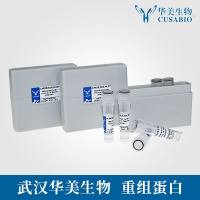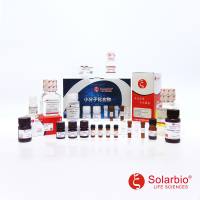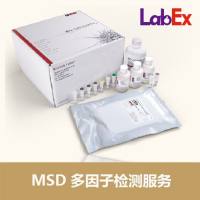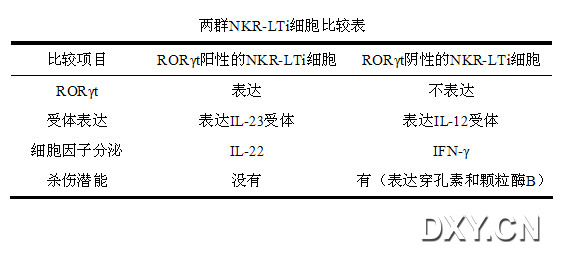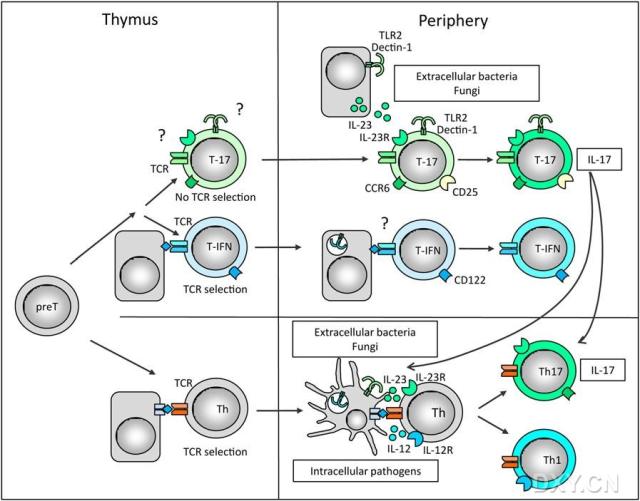【进展|热点】Immunity:重要免疫因子IL-17C的受体及信号传导分子机制
丁香园论坛
1651
近日来自美国M.D.安德森癌症中心的科学家们在新研究中确定了IL-17细胞因子家族成员IL-17C的受体及信号传导分子机制。相关研究论文发表在国际生物学期刊《细胞》(Cell)旗下子刊《免疫》(Immunity)杂志上。
文章通讯作者是华人科学家董晨教授,早年毕业于武汉大学,赴美留学时师从美国科学院院士Max Cooper教授(首个发现B细胞的科学家),董晨教授现任M.D.安德森癌症中心免疫系正教授。
Th17作为一种近年来被发现的在炎症性疾病和自身免疫疾病中起主导作用的效应T细胞,其产生的特征性细胞因子白介素17 (IL-17)越来越广泛地受到关注。研究发现,IL-17在多种自身免疫疾病如多发性硬化,类风湿性关节炎,牛皮癣的患者的特定病理组织中显著上调。此外,对于自身免疫疾病动物模型研究表明,IL-17或其受体IL-17R基因剔除小鼠能够显著抑制自身免疫疾病的诱导,而将IL-17抗体注射到小鼠体内亦可以很大程度地减少自身免疫疾病的发生,表明阻断IL-17的功能很可能会有效的治疗自身免疫疾病。因此,研究IL-17发挥功能的信号转导机制是至关重要的。
迄今为止,已发现了六个IL-17家族成员IL-17 A、IL-17B、IL-17C、IL-17D、IL-17E(亦命名为IL-25)和IL-17F,以及五个IL-17受体(IL-17RA-IL-17RE)家族成员。然而目前仅IL-17 A、IL-17E和IL-17F的促炎性因子作用得以确认。IL-17B、IL-17C和IL-17D尚待深入地研究。
在这篇文章中,研究人员证实了17RE 是IL-17C的结合配体,IL-17C选择性地与在Th17细胞上的IL-17RE结合,借助IL-17RA-RE受体复合物和下游的Act1接头蛋白传导信号,诱导IkappaB激酶家族成员I B 表达从而启动了TH17细胞炎症反应。新研究揭示了一个在促炎性反应中发挥重要作用的信号通路,这一研究发现为自身免疫性疾病提供了一个新靶点。
原文摘要:
Interleukin-17C Promotes Th17 Cell Responses and Autoimmune Disease via Interleukin-17 Receptor E
Although several interleukin-17 (IL- 17) family members and their receptors have been recently appreciated as important regulators in inflammatory diseases, the function of other IL-17 cytokines and IL-17 receptor-like molecules is unclear. Here we show that an IL-17 cytokine family member, IL-17C, was induced in a Th17 cell-dependent autoimmune disease and was required for its pathogenesis. IL-17C bound to IL-17RE, a member of IL-17 receptor family whose full-length isoform was selectively expressed in Th17 cells and signaled via an IL-17RA-RE receptor complex and the downstream adaptor Act1. IL-17C-IL-17RE induced the expression of a nuclear IkappaB family member, IB, in Th17 cells to potentiate the Th17 cell response. Thus, our work has identified a cytokine-receptor pair with important function in regulating proinflammatory responses. This pathway may be targeted to treat autoimmune diseases.
文章通讯作者是华人科学家董晨教授,早年毕业于武汉大学,赴美留学时师从美国科学院院士Max Cooper教授(首个发现B细胞的科学家),董晨教授现任M.D.安德森癌症中心免疫系正教授。
Th17作为一种近年来被发现的在炎症性疾病和自身免疫疾病中起主导作用的效应T细胞,其产生的特征性细胞因子白介素17 (IL-17)越来越广泛地受到关注。研究发现,IL-17在多种自身免疫疾病如多发性硬化,类风湿性关节炎,牛皮癣的患者的特定病理组织中显著上调。此外,对于自身免疫疾病动物模型研究表明,IL-17或其受体IL-17R基因剔除小鼠能够显著抑制自身免疫疾病的诱导,而将IL-17抗体注射到小鼠体内亦可以很大程度地减少自身免疫疾病的发生,表明阻断IL-17的功能很可能会有效的治疗自身免疫疾病。因此,研究IL-17发挥功能的信号转导机制是至关重要的。
迄今为止,已发现了六个IL-17家族成员IL-17 A、IL-17B、IL-17C、IL-17D、IL-17E(亦命名为IL-25)和IL-17F,以及五个IL-17受体(IL-17RA-IL-17RE)家族成员。然而目前仅IL-17 A、IL-17E和IL-17F的促炎性因子作用得以确认。IL-17B、IL-17C和IL-17D尚待深入地研究。
在这篇文章中,研究人员证实了17RE 是IL-17C的结合配体,IL-17C选择性地与在Th17细胞上的IL-17RE结合,借助IL-17RA-RE受体复合物和下游的Act1接头蛋白传导信号,诱导IkappaB激酶家族成员I B 表达从而启动了TH17细胞炎症反应。新研究揭示了一个在促炎性反应中发挥重要作用的信号通路,这一研究发现为自身免疫性疾病提供了一个新靶点。
原文摘要:
Interleukin-17C Promotes Th17 Cell Responses and Autoimmune Disease via Interleukin-17 Receptor E
Although several interleukin-17 (IL- 17) family members and their receptors have been recently appreciated as important regulators in inflammatory diseases, the function of other IL-17 cytokines and IL-17 receptor-like molecules is unclear. Here we show that an IL-17 cytokine family member, IL-17C, was induced in a Th17 cell-dependent autoimmune disease and was required for its pathogenesis. IL-17C bound to IL-17RE, a member of IL-17 receptor family whose full-length isoform was selectively expressed in Th17 cells and signaled via an IL-17RA-RE receptor complex and the downstream adaptor Act1. IL-17C-IL-17RE induced the expression of a nuclear IkappaB family member, IB, in Th17 cells to potentiate the Th17 cell response. Thus, our work has identified a cytokine-receptor pair with important function in regulating proinflammatory responses. This pathway may be targeted to treat autoimmune diseases.

